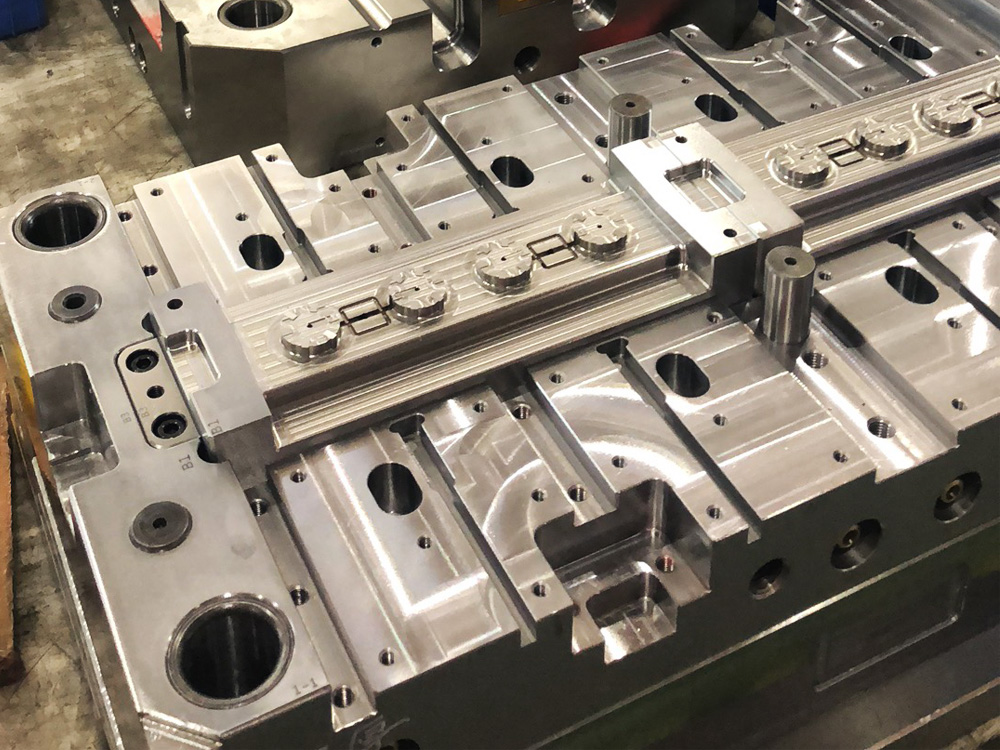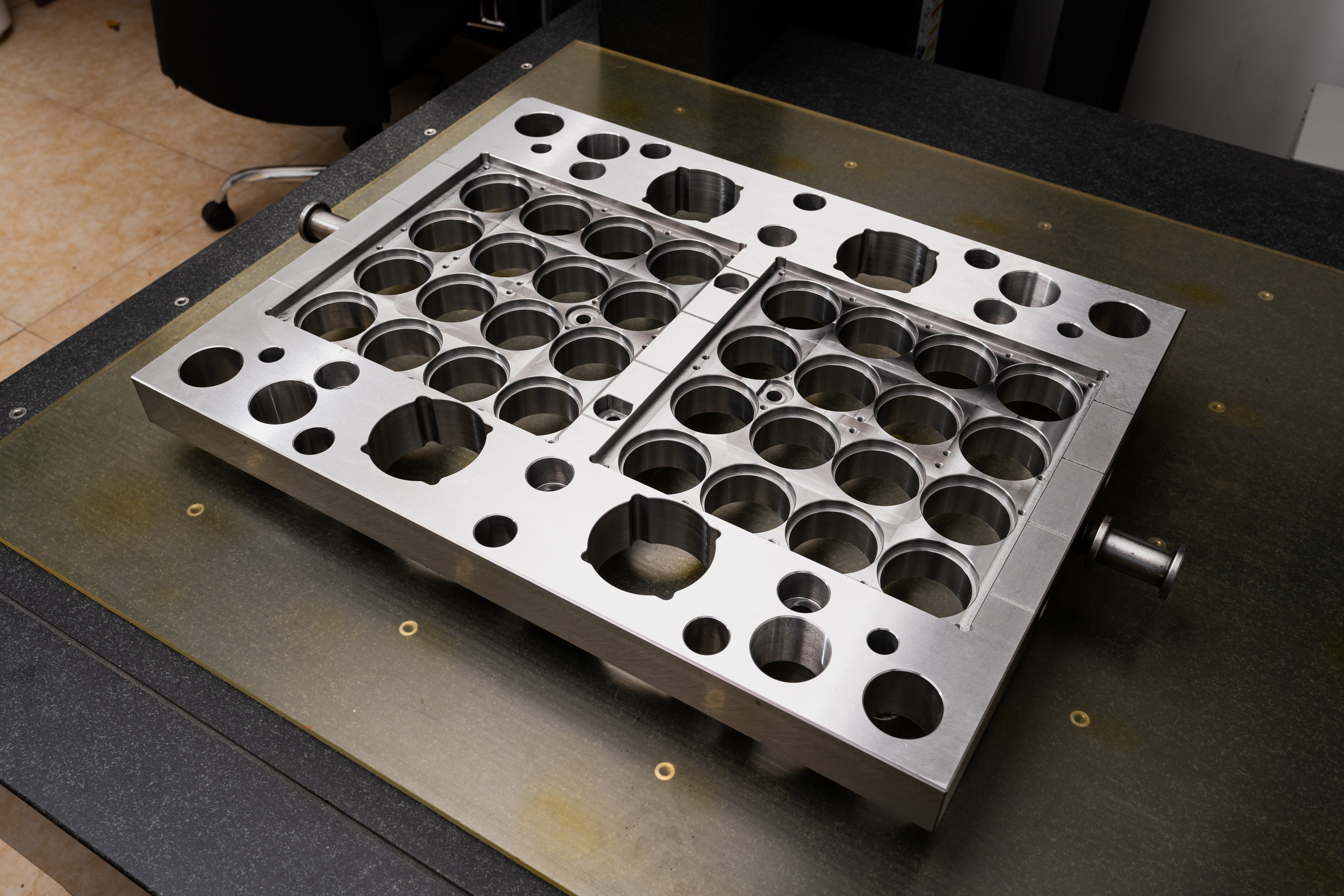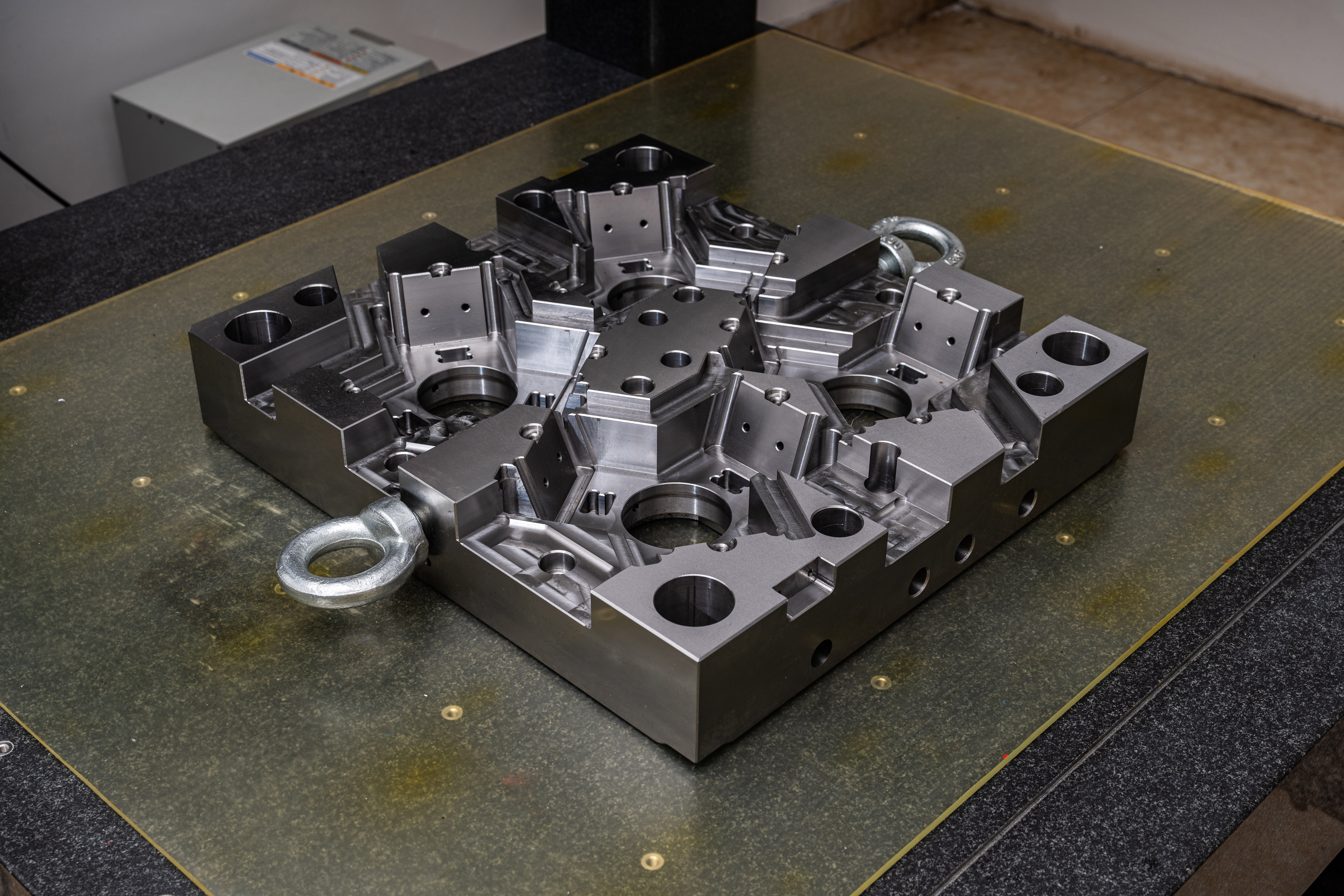Determining the Size of Forging Die in the Mold Base Industry
In the mold base industry, it is essential to accurately determine the size of a forging die to ensure optimal performance and precise manufacturing. This article will guide you through the process of determining the size of a forging die, discussing the requirements and providing professional insights on the topic.
Step 1: Understanding the Design Requirements
Before determining the size of a forging die, it is crucial to have a clear understanding of the design requirements. This includes specifications such as the desired shape, dimensions, and tolerances of the final forged product. Additionally, factors like the type of material to be forged, required production volume, and any special considerations must also be taken into account.
Step 2: Analyzing the Forging Process
The next step is to analyze the forging process itself. This involves examining the material flow, deformation characteristics, and the possible stress and strain placed on the die during forging. By conducting a thorough analysis, it becomes possible to determine the optimal size and configuration of the die to achieve the desired results.
Step 3: Considering Die Material and Durability
Another crucial aspect to consider when determining the size of a forging die is the choice of die material. The die must be made from a durable and heat-resistant material that can withstand the high temperatures and pressures involved in the forging process. Additionally, factors such as die lifespan, maintenance, and the possibility of repair or rework must also be taken into account.
Step 4: Utilizing Simulation Software
To ensure accuracy in determining the size of a forging die, the use of simulation software can be highly beneficial. These software programs allow for virtual testing and analysis of the forging process, providing valuable insights into the behavior and performance of the die. By utilizing simulation software, it becomes possible to optimize the die size and configuration to achieve the desired results efficiently.
Step 5: Iterative Testing and Validation
Once the initial dimensions and configuration of the forging die have been determined, the next step is to conduct iterative testing and validation. This involves manufacturing a prototype die and conducting a series of test runs with different materials and production parameters. Through this iterative process, any necessary adjustments can be made to fine-tune the die size and configuration for optimal results.
Conclusion
Determining the size of a forging die in the mold base industry is a complex process that requires a thorough understanding of design requirements, forging processes, die materials, and simulation software. By following the steps outlined in this article, industry professionals can ensure the accurate sizing and configuration of forging dies, leading to improved efficiency, productivity, and quality in the manufacturing process.




